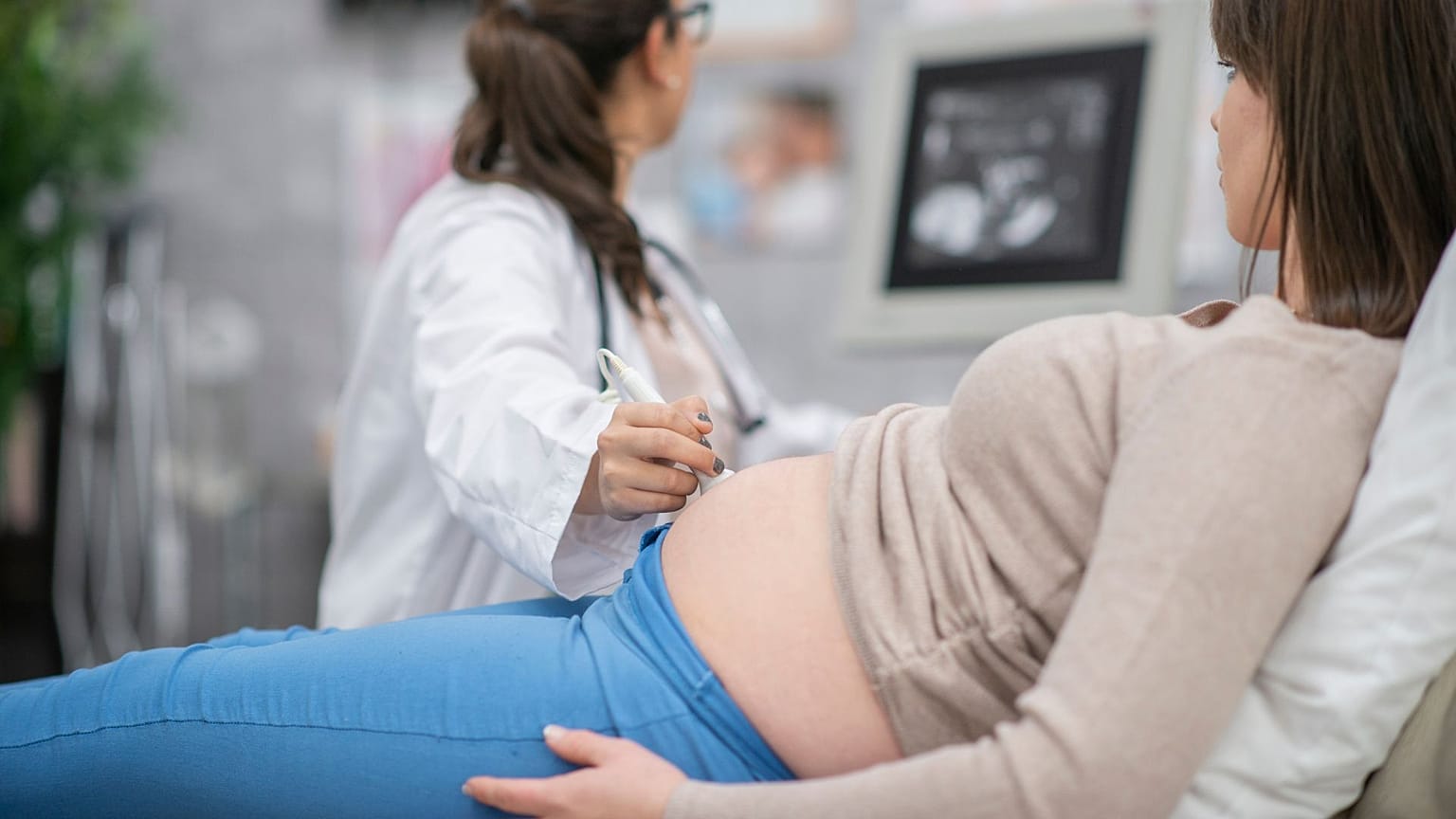Health
Late First Pregnancy Increases Postpartum Breast Cancer Risk

Research reveals that women who have their first child after age 30 face a significantly increased risk of developing breast cancer. According to findings led by Weston Porter, a professor of comparative oncology at Texas A&M University, the risk rises by between 40 per cent and 45 per cent for these women, particularly in the years following childbirth.
This specific form of breast cancer, referred to as postpartum breast cancer, is typically diagnosed in women under the age of 45 within several years of giving birth. Studies indicate that postpartum breast cancers are often more aggressive than other types, emphasizing the importance of early detection and tailored treatment options.
Breast cancer remains a prominent health issue, affecting approximately one in 11 women in the European Union and one in seven women in the United Kingdom. In 2022, the World Health Organization reported that 2.3 million women worldwide were diagnosed with breast cancer, leading to 670,000 deaths. These numbers are projected to rise in the coming decades. While the majority of cases and fatalities occur in women over 45, around 3.9 per cent of breast cancer deaths in the EU involve women younger than 45.
Symptoms of breast cancer can vary, including the presence of a lump, changes in breast shape or texture, nipple discharge, or persistent pain. It is important to note that the disease can be asymptomatic in its early stages, making awareness and vigilance crucial.
Understanding the Biological Connection
Porter’s research delves into the biological mechanisms that link age at first pregnancy with increased breast cancer risk. His team has identified that women who have their first pregnancy in their 30s experience significant changes in immune response and inflammation in breast tissue.
“There is a change in the immune infiltration or inflammation that is occurring,” Porter explained. “This change, specifically as you’re going through lactation, and particularly during involution—when the child stops nursing—results in an influx of inflammatory cells.” This influx may heighten the risk of breast cancer, leading researchers to explore potential markers that could improve treatment outcomes.
Interestingly, other studies have suggested that pregnancy and childbirth could lower breast cancer risk in older women. The current research indicates that for first-time mothers in their 30s, the risk escalates shortly after childbirth and then declines over time.
Impact of Childbearing and Breastfeeding
The number of children a woman has and whether she breastfeeds can also influence her breast cancer risk. A meta-analysis conducted in 2020, involving over 50,000 women from 47 studies, found that each additional year of breastfeeding per child could reduce breast cancer risk by more than 50 per cent, from 6.3 to 2.7 cases per 100 women.
Given the heightened risks associated with later pregnancies, Porter has advised women who are expecting in their 30s to exercise greater vigilance. He recommends regular mammograms and self-examinations to detect any irregularities or lumps early.
As awareness of postpartum breast cancer grows, it becomes increasingly vital for women to stay informed about their health and seek appropriate screenings. With ongoing research, the hope is to enhance early detection strategies and treatment options for this aggressive form of breast cancer.
-

 Entertainment3 weeks ago
Entertainment3 weeks agoAimee Osbourne Joins Family for Emotional Tribute to Ozzy
-

 Politics3 weeks ago
Politics3 weeks agoDanny Healy-Rae Considers Complaint After Altercation with Garda
-

 World1 month ago
World1 month agoHawaii Commemorates 80 Years Since Hiroshima Bombing with Ceremony
-

 Top Stories1 month ago
Top Stories1 month agoFianna Fáil TDs Urgently Consider Maire Geoghegan-Quinn for Presidency
-

 World1 month ago
World1 month agoGaza Aid Distribution Tragedy: 20 Killed Amid Ongoing Violence
-

 World1 month ago
World1 month agoCouple Convicted of Murdering Two-Year-Old Grandson in Wales
-

 World1 month ago
World1 month agoAristocrat Constance Marten and Partner Convicted of Infant Murder
-

 Top Stories1 month ago
Top Stories1 month agoClashes Erupt Between Far-Right Groups and Migrants in Spain
-

 Top Stories1 month ago
Top Stories1 month agoHistoric Dalkey Pub The Queens Reopens Under New Management
-

 World1 month ago
World1 month agoTrump Defends FBI Deputy Director Amid Epstein Files Controversy
-

 Business1 month ago
Business1 month agoSunshine 106.8 Boosts Irish Music After Regulator’s Request
-

 Politics1 month ago
Politics1 month agoTragic Crowd Surge at Gaza Aid Center Claims 20 Lives








